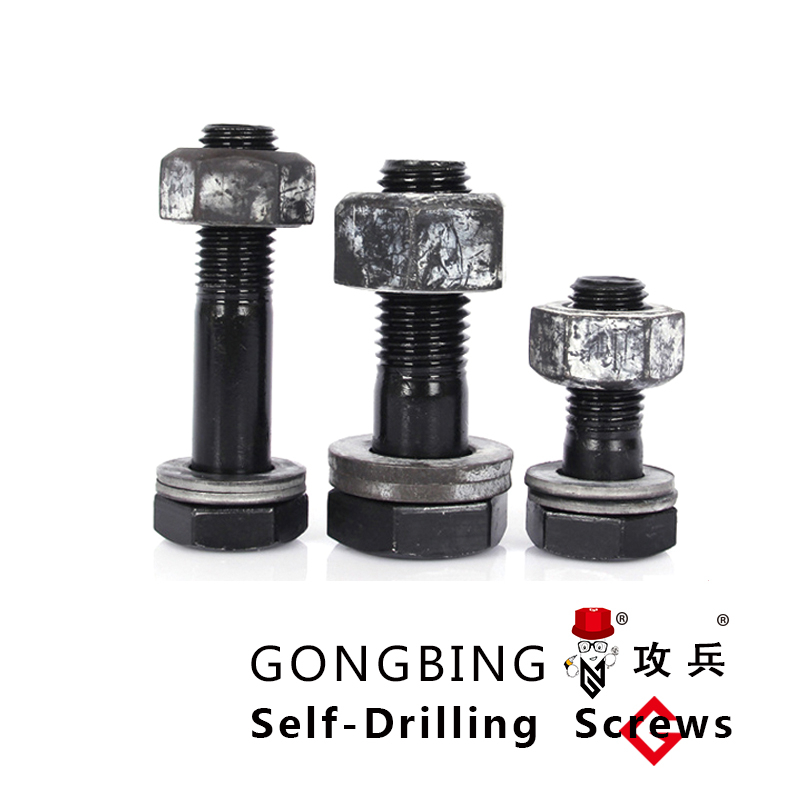Self-tapping screws designed specifically for aluminum applications and projects
Understanding Self-Threading Screws for Aluminum
When it comes to fastening materials like aluminum, choosing the right type of screw is essential for achieving a secure and durable connection. Among the various options available, self-threading screws have garnered attention for their efficiency and effectiveness. This article delves into the characteristics, benefits, applications, and installation tips regarding self-threading screws for aluminum.
What Are Self-Threading Screws?
Self-threading screws, also known as self-tapping screws, are designed to create their own mating threads in the material they are driven into. Unlike traditional screws, which require a pre-drilled hole, self-threading screws can penetrate and form threads within softer materials, such as aluminum, as they are installed. This unique design reduces the need for secondary operations and can significantly increase the speed and efficiency of assembly processes.
Characteristics of Self-Threading Screws
Self-threading screws are typically made from materials like steel or stainless steel, which provide strength and resistance to corrosion. They often come with a sharp point that aids in the initial penetration into the material. The screw's body features threads that are specially designed to engage with aluminum, ensuring a strong hold.
Some self-threading screws may have specialized coatings to enhance corrosion resistance, making them suitable for both indoor and outdoor applications. The head types — such as flat, pan, or socket heads — vary based on the desired aesthetic and functionality.
Benefits of Using Self-Threading Screws in Aluminum
1. Reduced Installation Time Since they can create their own threads, self-threading screws eliminate the need for pre-drilled holes, saving time during the installation process.
2. Increased Holding Power These screws are engineered to provide a tight fit, enhancing overall strength and stability in the connection between components.
3. Versatility Self-threading screws are available in various sizes, materials, and thread types, making them suitable for a wide range of applications, from industrial machinery to DIY projects.
5. Less Tooling Required Since pilot holes are not necessary, the tooling and equipment requirements are minimized, streamlining the entire fastening process.
self threading screws for aluminum

Applications of Self-Threading Screws in Aluminum
Self-threading screws are widely used in numerous applications involving aluminum. Common uses include
- Automotive Industry For assembling components in vehicles, where aluminum is often used for its lightweight and corrosion-resistant properties. - Aerospace Applications Where precision and strength are critical, self-threading screws secure various parts of aircraft structures. - Manufacturing In equipment manufacturing, where aluminum frames or housings need to be assembled quickly and efficiently. - Home Improvement For projects involving aluminum siding, roofing, or outdoor furniture, providing a durable fastening solution.
Installation Tips
To ensure the optimal performance of self-threading screws when working with aluminum, consider the following tips
1. Use the Right Size Choose a screw length and diameter that suits the thickness of the aluminum you are working with to guarantee a secure fit.
2. Maintain the Correct Angle Drive the screw straight into the aluminum to avoid cross-threading, which can weaken the connection.
3. Use Adequate Torque While torque specifications may vary based on the specific screw and application, avoid overtightening, as this can strip the threads or damage the aluminum.
4. Pre-Drilling When Necessary For thicker aluminum materials or when working with delicate components, a pilot hole might be beneficial to avoid excess stress on the material.
5. Consider Thread Type Selecting the appropriate thread design can further enhance the holding strength, particularly for applications under stress or load.
Conclusion
Self-threading screws provide a practical and efficient solution for fastening aluminum components in various applications. Their ability to create their own threads not only speeds up the assembly process but also enhances the integrity of the connection. By understanding their characteristics, benefits, and proper installation techniques, users can leverage self-threading screws to achieve reliable and durable results in their projects involving aluminum.
-
Weatherproof Plastic Expansion Anchors for OutdoorNewsJun.06,2025
-
Sustainability in the Supply Chain: Eco-Friendly TEK Screws ProductionNewsJun.06,2025
-
Load-Bearing Capacity of External Insulation FixingsNewsJun.06,2025
-
Double Head Bolts: Enhancing Efficiency in Industrial MachineryNewsJun.06,2025
-
Corrosion Resistance in Chipboard Screws: Coatings for Wholesale DurabilityNewsJun.06,2025
-
Butterfly Toggle Bolts : Enhancing Structural ResilienceNewsJun.06,2025
